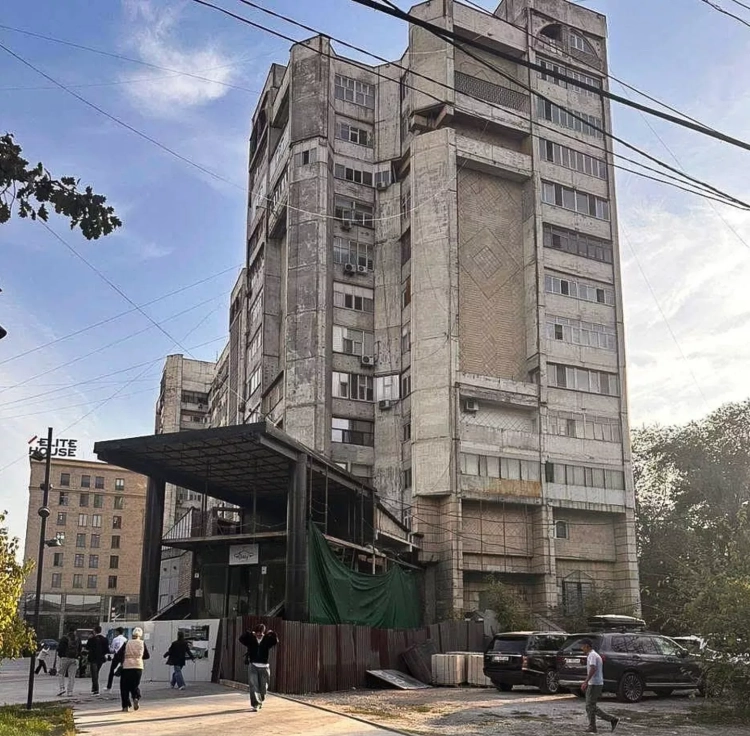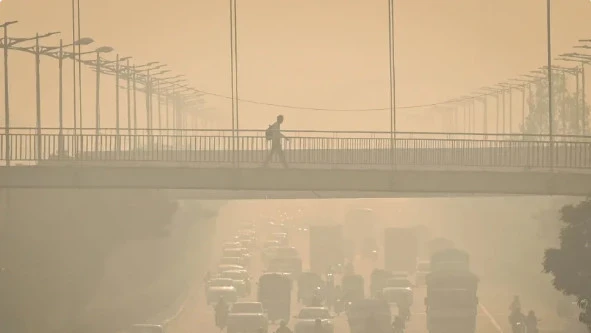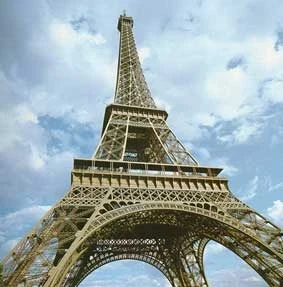On a February evening in 1961, we took off from Sheremetyevo Airport on a "Super Constellation" plane of Air India and landed in Delhi's Palam port in the morning. From there, a Dutch KLM plane transferred us to the Santa Cruz airport in Bombay. Finally, in Madras, we switched to a "Viscount" of Air Ceylon.
The shadow of our plane, which we had chased from Madras, crossed the line of the surf and glided over the green crowns of the palms. We finally caught up with it on the concrete of the landing strip as it came to a halt under the wings of the Viscount, which was taxiing to the Ratmalana airport terminal.
The first days in Colombo—the capital of tropical Ceylon—literally overwhelm the newcomer, especially if he has arrived from countries located closer to the northern latitudes. Everything is striking: the hot, sea-moistened air (after just a few steps under the vertically falling rays of the sun, the body is covered with sweat), the abundance of greenery in the city, the variety and juiciness of colors (here, you will hardly see dull shades, only pure and bright tones).
The colorful crowd looks unusual—Sinhalese men in sarongs (a long piece of fabric wrapped around the waist like a skirt) and Muslim women in shalwar kameez; a girl in a short fashionable skirt next to a woman wrapped in a sari that descends to the ground. A stiff Englishman, who does not part with his starched shirt and tie even in the midday heat, walks next to a bald Buddhist monk in orange robes, sandals, and with an obligatory black umbrella in hand (locals believe that only a black umbrella can protect against the sun's rays); here you will also meet a Moor in a red fez, black vest, and white trousers, and a Catholic nun in a peculiar black hood with rosary beads in her hands.

You don't get used to left-hand traffic right away; you often find yourself in front of a car that appears from nowhere, dangerously close to you. The flow of cars and carts, pulled by slow humped zebu oxen under the shouts of their drivers—huge red double-decker buses and rickshaws—is regulated by a policeman in a wide-brimmed hat, a tunic with white epaulettes, and khaki shorts.
Between the cars and carts, cyclists dart in all directions, ignoring any rules; a Catholic priest in a white safety helmet races by on a scooter, and the wind flutters the hems of his cassock.
Bundles of newspapers in Sinhalese, Tamil, and English lie directly on the sidewalks. Ceylon has a high literacy rate compared to other Southeast Asian countries (over seventy percent). More than half a million copies of newspapers are sold here daily.











































